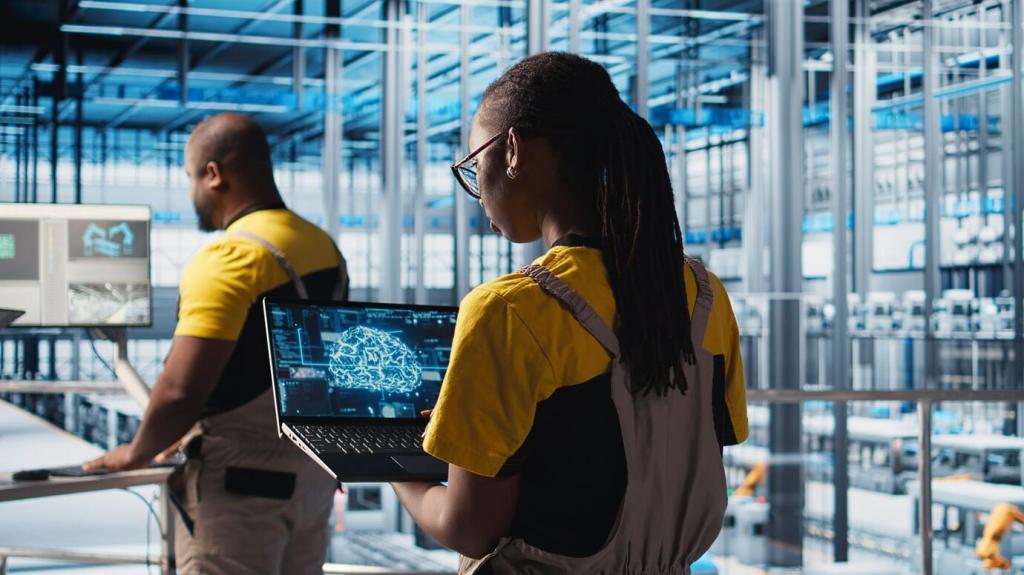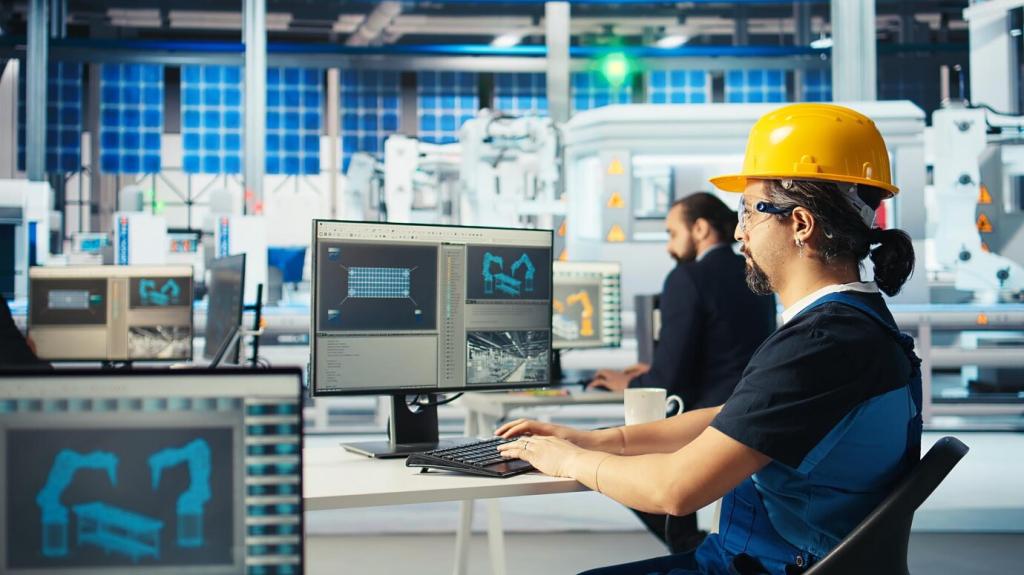
Comprehensive Guide to Tech-Enhanced Vehicle Maintenance
Welcome to the definitive resource on tech-enhanced vehicle maintenance. In today’s rapidly advancing automotive landscape, keeping your vehicle in top condition requires more than traditional mechanics and occasional servicing. Leveraging the latest technological innovations can dramatically improve your vehicle’s performance, longevity, and safety. This guide explores how new tools, connected devices, and smart diagnostics are transforming the maintenance process, empowering both professionals and car owners to take smarter, data-driven approaches to vehicle care.
Understanding Modern Vehicle Diagnostics
Evolution of Diagnostic Tools
The journey of vehicle diagnostics began with simple, analog instruments that detected only the most obvious of mechanical failures. However, with the advent of electronic control units and onboard diagnostics (OBD), reading fault codes and engine data became the standard. Modern systems now utilize advanced algorithms and connectivity with mobile devices to offer highly detailed reports. As vehicles become more like computers on wheels, the technology for reading and interpreting data has evolved in complexity, allowing for a granular understanding of the inner workings of any car—making it possible to address issues before they escalate.
Connected Vehicle Data Insights
Connected vehicles are at the forefront of tech-enhanced maintenance. These vehicles constantly gather data from a network of embedded sensors, transmitting crucial information about engine health, brake systems, tire pressure, and more. By leveraging this data, both owners and service providers can monitor trends, detect anomalies, and address small inconsistencies before they become significant problems. The ability to analyze this data remotely not only enables more proactive maintenance but also allows for accurate predictions regarding parts wear, contributing to optimized performance and increased vehicle lifespan.
The Role of Artificial Intelligence
Artificial intelligence (AI) is increasingly reshaping how vehicle diagnostics are conducted. AI-powered platforms can process vast amounts of sensor data, identifying patterns and making recommendations that would be impossible for a human alone to discern. For instance, AI algorithms can detect subtle shifts in driving behavior or component performance that signal impending issues. The integration of AI empowers technicians to diagnose complex problems rapidly and precisely, while also offering consumers guidance on optimal maintenance intervals tailored to their unique vehicle usage.
Smart Maintenance Scheduling and Monitoring
Digital service records eliminate the need for manual logging and help track a car’s entire maintenance history seamlessly. These records, often stored in the cloud or accessible via dedicated mobile applications, make it easy to view past services, parts replacements, and upcoming maintenance needs. Automated reminders, customized to your vehicle’s specific requirements and actual usage patterns, ensure you won’t miss critical servicing milestones. All these features contribute to a more organized, comprehensive, and stress-free approach to vehicle care.

Computerized Diagnostic Scanners
Computerized diagnostic scanners are indispensable in any modern garage. These devices interface seamlessly with a vehicle’s onboard computer to provide real-time insights into engine performance, emissions, and a host of other critical systems. Unlike traditional inspection methods that relied on manual testing, these scanners can accurately pinpoint the cause of warning indicators, helping technicians resolve issues swiftly and correctly. As technology advances, these scanners become more user-friendly, making advanced diagnostics accessible not just to professionals but also to knowledgeable enthusiasts looking to perform their own maintenance.
Augmented Reality for Repairs
Augmented reality (AR) is making significant inroads into vehicle repair and maintenance. AR-enabled glasses or mobile devices can overlay step-by-step instructions, diagrams, and part identifiers directly onto real-world components, guiding technicians during complex tasks. This technology helps reduce errors and learning curves, ensuring repairs are completed efficiently and correctly the first time, regardless of the technician’s experience level. With AR, even intricate assemblies can be serviced with greater confidence, while ongoing software updates provide the latest technical bulletins and manufacturer recommendations.
